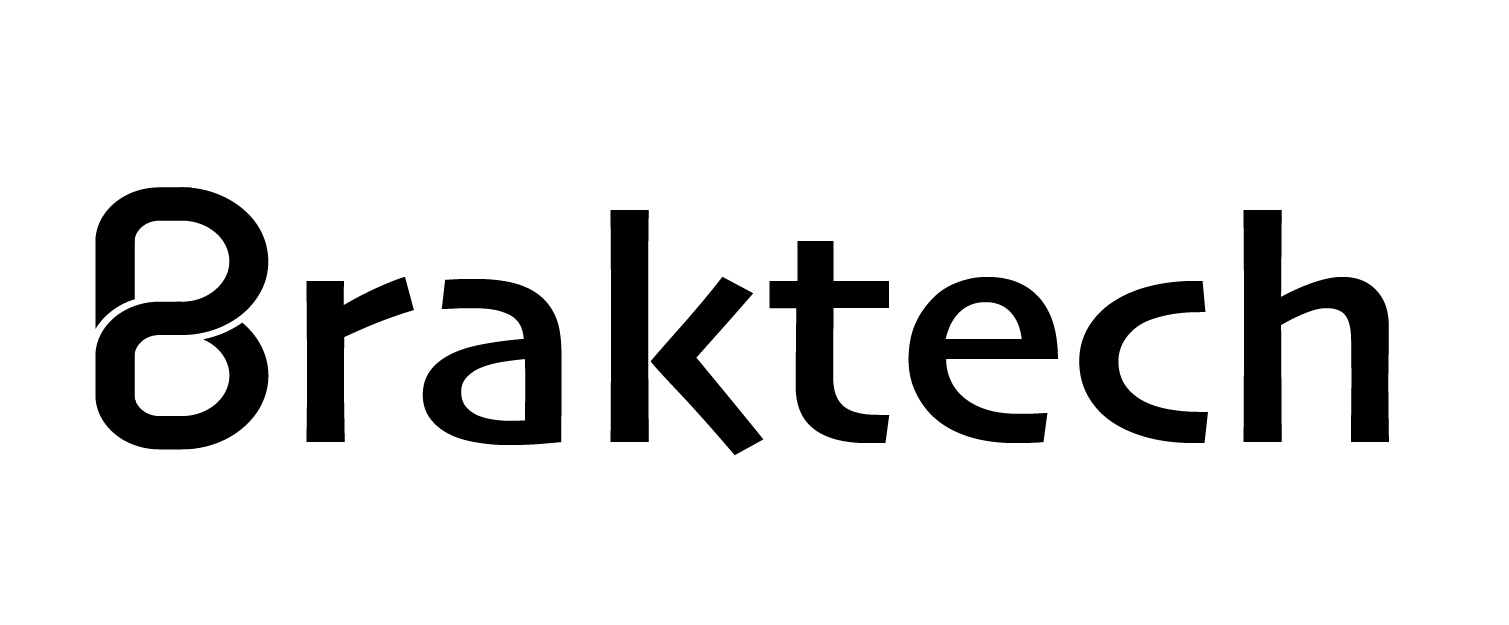Security is a top concern for organizations operating in the cloud due to the dynamic nature of cloud computing and the evolving threat landscape. As businesses increasingly rely on cloud services for storing sensitive data, running critical workloads, and powering mission-critical applications, it's essential to implement robust security measures to protect against cyber threats and data breaches. Here are some key strategies for enhancing security in cloud environments:
By adopting these strategies, organizations can strengthen security in cloud environments, mitigate cyber risks, and build trust with customers and stakeholders. Investing in robust security measures is essential for harnessing the full potential of cloud computing while safeguarding sensitive data and critical assets from cyber threats and attacks.
Cloud Infrastructure Development (CIDs)
Enhancing Security in Cloud Environments
- How will cloud infrastructure technologies impact traditional industries?
- All these cloud infrastructure elements and projects aim to enhance user experience.
- I track progress on my projects with software that organizes tasks.
- Cloud infrastructure technologies are continually evolving to meet user demands.
- We are committed to delivering high-quality cloud infrastructure solutions.
Implement Multi-Layered Security Controls Deploying a multi-layered security approach is critical to defend against a wide range of cyber threats and vulnerabilities. This includes implementing security controls at various levels of the cloud stack, including network security, identity and access management (IAM), data encryption, endpoint security, and application security. By layering multiple security controls, organizations can create a robust defense-in-depth strategy that mitigates risks and strengthens overall security posture.

Adopt a Zero Trust Security Model The zero trust security model assumes that threats can originate from both inside and outside the network, and therefore, no entity, whether inside or outside the organization, should be trusted by default. Adopting a zero trust approach involves verifying and validating the identity of users and devices before granting access to resources or data in the cloud. This helps prevent unauthorized access, lateral movement, and data exfiltration, reducing the risk of security breaches and insider threats.
Secure Data with Encryption and Key Management Encrypting sensitive data at rest and in transit is essential for protecting confidentiality and maintaining data integrity in cloud environments. Implement robust encryption algorithms and key management practices to secure data stored in cloud databases, file storage, and data lakes. Use encryption protocols such as TLS/SSL for securing data transmission between cloud services and endpoints. Additionally, implement strong access controls and encryption key management practices to prevent unauthorized access to encrypted data.
Enhance Visibility and Monitoring Maintaining visibility into cloud infrastructure, applications, and user activities is critical for detecting and responding to security threats in real-time. Implement comprehensive logging, monitoring, and auditing capabilities across the cloud environment to track user access, resource utilization, network traffic, and security events. Leverage cloud-native security tools and services, as well as third-party security solutions, to gain actionable insights into security incidents and anomalies, enabling proactive threat detection and response.
Harden Cloud Infrastructure and Configurations Secure cloud infrastructure and configurations are essential for reducing the attack surface and minimizing the risk of security breaches. Follow cloud provider's best practices and security guidelines for configuring virtual machines, containers, storage buckets, and other cloud resources securely. Implement security automation tools and scripts to enforce security policies, conduct regular vulnerability assessments, and apply patches and updates to mitigate known security vulnerabilities.
1 comment on “Enhancing Security in Cloud Environments”
Leave a Reply
Your email address will not be published. Required fields are marked *





Regular security assessments and audits are essential for evaluating the effectiveness of security controls, identifying vulnerabilities, and ensuring compliance with industry regulations and standards.